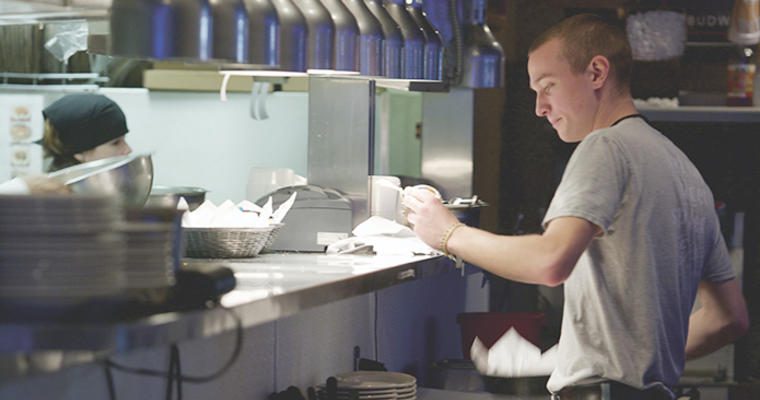Staffing, in its current state, is causing restaurant operators a lot of pain. Multiple factors are putting increasing pressure on labor, which in turn is having detrimental effects on profitability. These factors include:
- A competitive foodservice job market.
- Minimum wage laws (as they apply).
- The cost of acquisition.
- The cost of turnover.
- The cost of retention, rewards and recognition.
- The different generational needs of prospective employees and the costs associated with those needs.
While some of these factors are more in your control than others, there is one thing you can do now to help keep labor in check and minimize its impact to your bottom line—monitor profit and loss (commonly known as P and L) as it relates to staffing.
Start with a broad view of staffing costs
To accurately gauge your total price tag for employment, it’s helpful to consult third-party, industry-specific data, such as “The Restaurant Operations Report” issued by the National Restaurant Association. A tool like this offers a big picture view of where your labor costs should be based on a variety of metrics, including median and mean wage averages, check averages, number of seats and the number of employees for operations of similar size.
While the standard industry assumption has been that labor should be no more than 33 percent of your total costs, third-party data, like the operations report noted above, indicates that is more fiction than fact. The hard numbers show significant variance to that assumption.
Comparing your actual numbers will likely reveal variances to your own assumptions, but that’s a good thing, because information is power. Only then will you begin to understand which labor-related costs are contributing to a loss and be able to formulate plans to address them.
Layer in soft labor costs
While data is a great starting point, it shouldn’t be the only consideration for keying in on the cause of your labor costs. Recruitment, turnover and training all play an expensive part. For example, the National Restaurant Association notes that the average cost for turning over one hourly employee is $2,500. For a manager, that number can jump as high as $25,000. Plus, there’s a price tag figuratively attached to the additional training and time among existing staff to cover gaps and onboard someone new.
Also worth mentioning is the potential for less or lower quality guest engagement during a staffing shortage, which could have a direct impact on sales.
These factors, known as soft costs, aren’t captured in the details of data, but should be examined alongside the reported data to help you understand why your labor costs may be missing the mark. Consider data the content and these operational soft costs the context.
Having a strategy to manage labor costs and staffing will be critical to success for every restaurant operator in the future. Knowing where you are at and why is the first step. Then, and only then, can you focus your finite resources on the right strategies and tactics to get the greatest possible return.
The content of this article is for informational purposes only. The information in this article cannot and should not stand in for guidance from your human resource experts.











